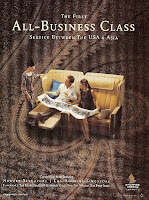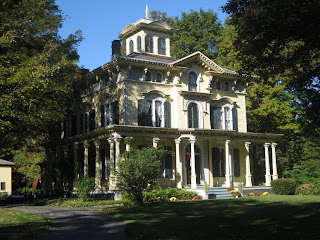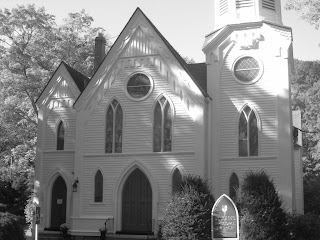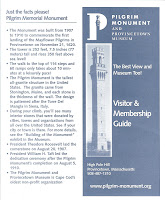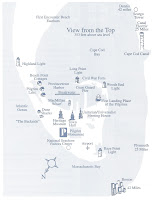
We got our Departures magazine this month (the same magazine that gave us Luxurious Flying) and were so delighted to flip through it. Boy are there lots of watch ads. You know how well we love our watches at TravelMarx (see this post). One ad stuck out for us, and that is the Swiss watchmaker Romain Jerome’s watches made from pieces of the Titanic. Okay, not so bad we thought, though, a bit ugly.
Later in the same magazine there was an article on “necessary luxuries” with a quote from the WSJ wealth reporter Robert Frank that goes like this: luxury is not dead, just conspicuous consumption is. Furthermore, we are now in an era where we are buying (luxuries) that “fuel our passion and fulfill a part of our identity”. Does that include food, gas, and healthcare?
After a bit of poking around on Frank’s blog site this article on a watch that doesn’t tell time caught our eye and voilà we are back visiting the Swiss watchmaker. Romain Jerome’s Day & Night Watch only tells you if it is day or night. Why bother with the actual time? If you are wealthy enough to buy this watch, perhaps people wait for you? I immediately think of the Elton John song Mona Lisa and Mad Hatters with the lyric (from the 1972 Honky Chateau album):
While Mona Lisas and mad hatters,
sons of bankers, sons of lawyers, turn
around and say, "good morning" to the night.
For unless they see the sky, but
they can't and that is why,
they know not if it's dark out side or light.
The watch advertising goes “the Day & Night watch offers a new way of measuring time, splitting the universe of time into two fundamentally opposing sections: day versus night”. And to think we thought the calculator wrist watch was radical.

